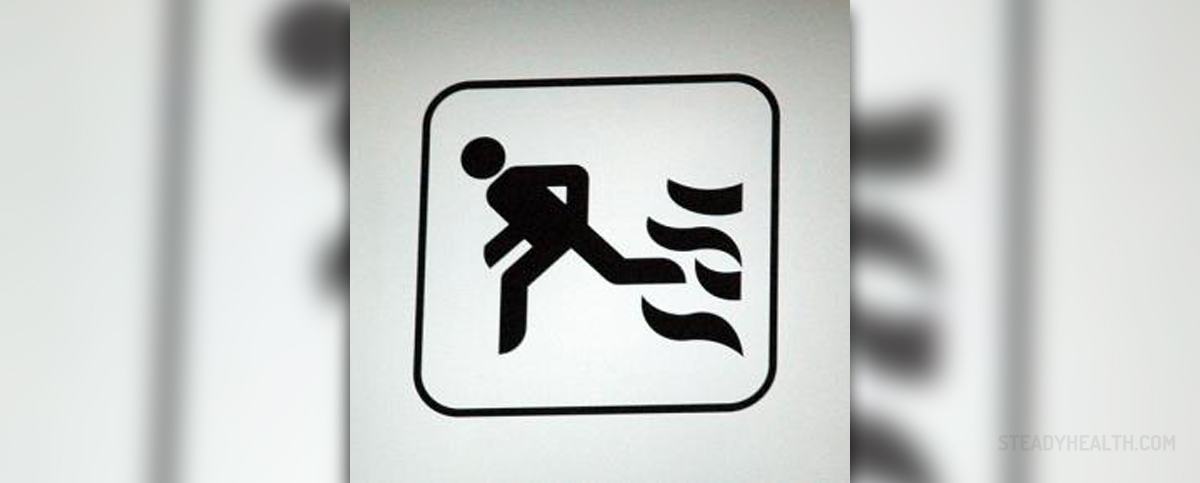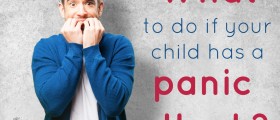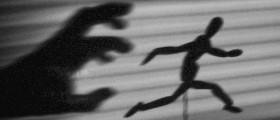
Panic attacks are also known as anxiety attacks. Those episodes of intense fear and discomfort happen suddenly and reach their peak within 10 minutes. A panic attack is relatively short in duration, lasting for about 15 seconds, or may be cyclic lasting for an extended period, even a couple of hours. Panic attacks are frightening experiences, and most of the sufferers describe them as the most frightening thing that ever happened to them. They commonly describe it as a fear of dying, fear of a heart attack or fear of going mad. However, panic attacks are completely harmless but they should be managed as they may significantly affect the patient's quality of life.
Understanding panic attacks
Panic is normal and the body’s natural fight-or-flight response to danger. The purpose of panic is to awaken the body and prepare it for emergency action. When this occurs the heart starts beating faster, muscles tighten, blood pressure rises, breath quickens and human senses become sharper. However, it's not known why a panic attack occurs when there's no obvious danger present. One of the possible answers to this puzzle is that the human body can’t distinguish between physical and psychological stress and danger. What scientists know for sure is that certain things play significant role in increasing one’s risk from panic attacks. These are genes, stress, and changes and malfunctions in certain regions of human brain.
Signs and symptoms of panic attack
Panic attack, a discrete period of intense fear, distress, nervousness or discomfort, characterizes with following symptoms: palpitations, increased heart rate, sweating, trembling and shaking, sensation of shortness of breath, hyperventilation, feeling of choking, chest pain and discomfort, nausea and abdominal stress, dizziness, fainting, de-realization and depersonalization, fear of losing control and going mad, fear of dying, numbness or tingling sensations, chills or hot flashes.
Panic attacks demand medical help as they are quite hard to manage on one’s own. Moreover, severity of panic attacks may become worse if they are left untreated. Many of the symptoms of panic attacks resemble to symptoms of other serious diseases so it is important to be evaluated by the health care provider if one is not sure what is causing the symptoms.
Treatment of panic attacks
The key element of successful treatment is to understand it is essentially harmless phenomenon. Panic attacks cannot cause one to go mad, to have heart attacks, experience suffocation, or to faint. Panic attacks result from fear, and as soon one learns how to manage the fear the severity of attacks will gradually start to decrease.
Conventional medical treatment is focused on eliminating the panic attack symptoms ant it is focused mainly on medications and psychotherapy.

















Your thoughts on this
Loading...